5. The Neon Demon (2016)
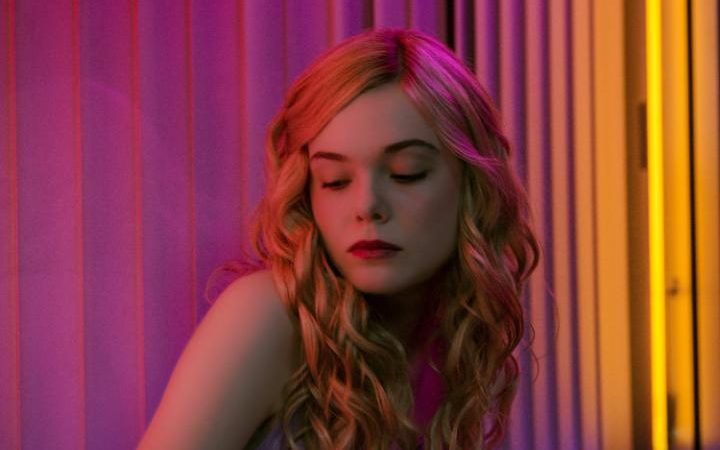
For man this is a perfect example of style of substance, a criticism Nicolas Winding Refn has faced his whole career. From all the flashing lights to the final cannibal sequence, what some call pretentious all plays apart in the theme of beauty and beauty being power that NWF is trying to get across. Elle Fanning plays the character of Jesse as very subdued at first.
The black pyramid light show sequence represents Jesse’s transformation into the modeling world, becoming irresistible to not only men but also her fellow models. At that point she becomes one of the new models in what appears to be a coven of cannibals. Rather than just telling you up front what’s going on NWF uses symbols and visuals, allowing the viewer to make their own interpretations.
4. Mother! (2017)
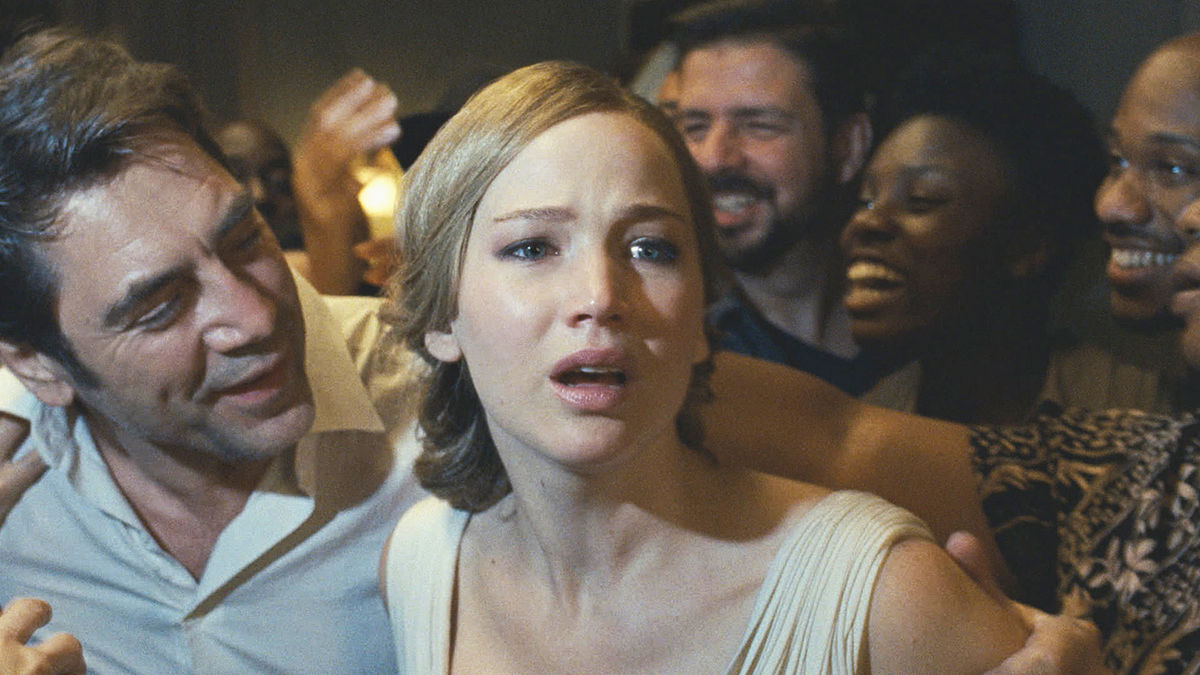
In another case of what some might call style of substance, Darren Aronofksy vision of man’s cruelty of Mother Earth can come off as heavy handed and at some points beating the audience over the head with its earth friendly message. But that still doesn’t take away the craftsmanship and love Aronofksy put in the film.
Right from the beginning we are placed in a world that is not explained leaving it up to us the viewers to connect the dots. In some films this can become a problem leaving too much open to interpretation. But in “Mother!” Aronofksy leaves us just enough to piece what’s going on. Once Ed Harris and Michelle Pfeiffer enter the household things start to fall apart.
Jennifer Lawrence represents Mother Earth whose heath slowly declines as more people show up to the house. The nightmare sequence is one of the best ever put to film, leaving us as viewers wondering how far can Aronofksy take this.
3. Pierrot Le Fou (1965)
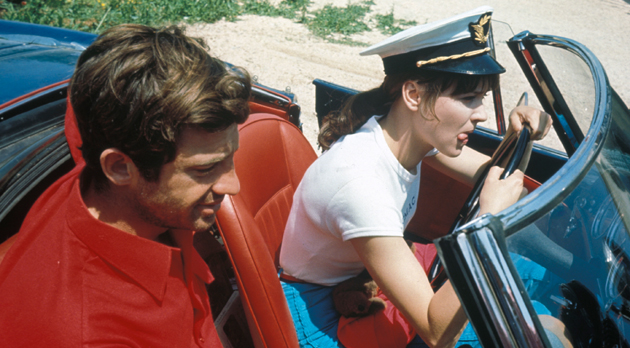
Jean Luc Godard might have his own category of pretension all on his own. But Pierrot Le Fou brings together all of the directors strengths into one color popping sixties masterpiece. With his two biggest stars Anna Karina and Jean-Paul Bellmando as the leads, taking us on an escape from Bourgeois society. At this time in his career Godard hadn’t gone completely up his ass, leaving out the usual browbeating narration that hampered most of his late sixties career.
The lack of story might put some viewers off, but Bellmando and Karina make up for it with their charm and star power. This is definitely one of the best looking films of all time, with a bright color pallet giving off a Pop Art vibe. Unlike other films like “Weekend” that don’t have a singular plot, “Pierrot Le Fou” is able to entertain the audience rather than pumle them into submission.
2. Stalker (1979)
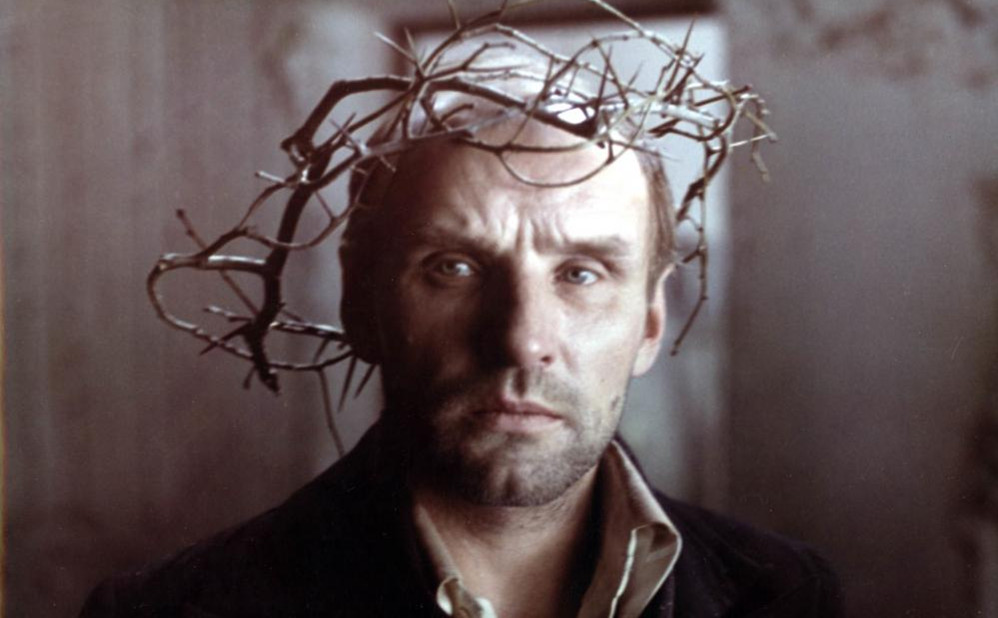
Definitely a one of a kind cinematic achievement. Tarkovsky’s “Stalker” might have to much of a slow pace and the various scenes of our three characters just laying around in the zone might be too much for some people. The slow pace gives the film a magnetic feel to the film. Tarkovsky is almost acting as the Stalker himself, taking us as the viewer through the zone.
Some of the best aspects of the film are the low key sci-fi elements that are not really hinted at towards the end. Some viewers might be disappointed when the zone is finally revealed, but for some the open interpretation might be enough to keep you coming back to the film.
Each viewing brings new moments that stick in your mind forever. May it be the shocking sequences of our leads sitting in the Chernobyl like water surrounding the ruins of the zone, or it could be the breathtaking jump from brownish sepia tone film to jaw dropping color once our leads enter the zone. Although it might be lacking in emotional moments like “Mirror”, by the end when you see monkey move that glass your whole outlook on the film could change.
1. The Killing Of A Sacred Deer (2017)
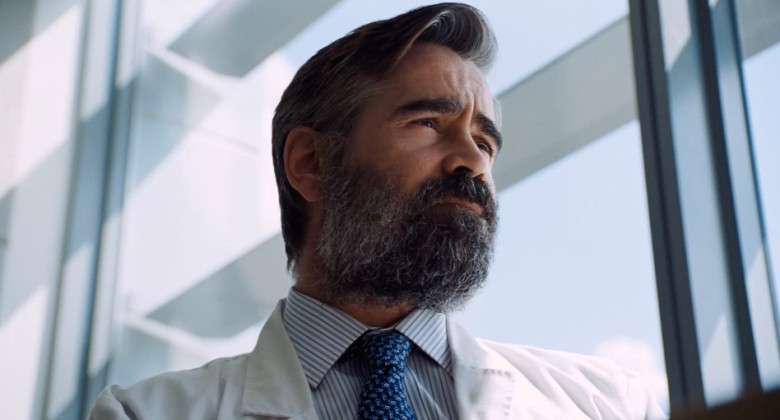
Some viewers might find that Greek director Yorgos Lanthimos relies too much on deadpan humor and violence in his films. The magic of “The Killing Of Sacred Deer” is all of the deadpan moments. Throughout the film you don’t know whether you should be laughing or shocked at the various events that Lanthimos throws on screen.
Definitely a much darker film than his previous masterpiece “The Lobster”, “The Killing Of A Sacred Deer” takes its influence from the Greek tragedy Iphigenia at Aulis by Euripides resulting in a sort of bluff game between Collin Farrell and standout Barry Keoghan. Keoghan plays the role as more subdued with a child like innocence.
At the start of the film it may appear as if Farrell is having a relationship with the young Keoghan but there is actually more sinister work at play. Keoghan’s character of Martian puts a curse on Farrell after he feels Farrell is responsible for the death of his father.
What follows are some of the most shocking moments in recent film history with Farrell forced to choose which one of his family members he must kill. The film gives off a weird vibe as if it’s in a different world than our own, which makes all of the shocking moments that much more devilish.